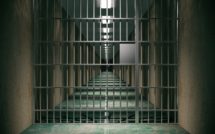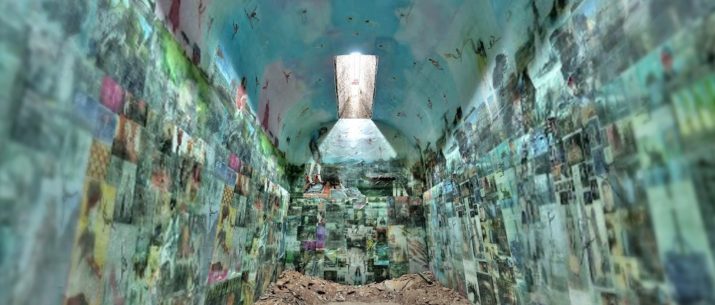
This is part of our special feature on Crime and Punishment.
Shortly after graduating from Millersville University in 2008, Jesse Krimes was indicted by the U.S. government and sentenced to a six-year term in federal prison. Over the period of his incarceration, he produced numerous bodies of work exploring his experiences and reflecting on contemporary society.
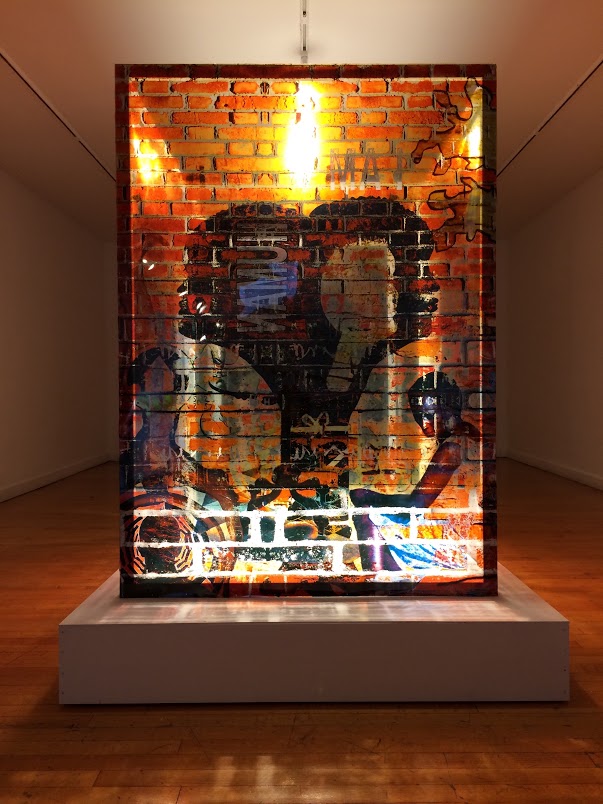
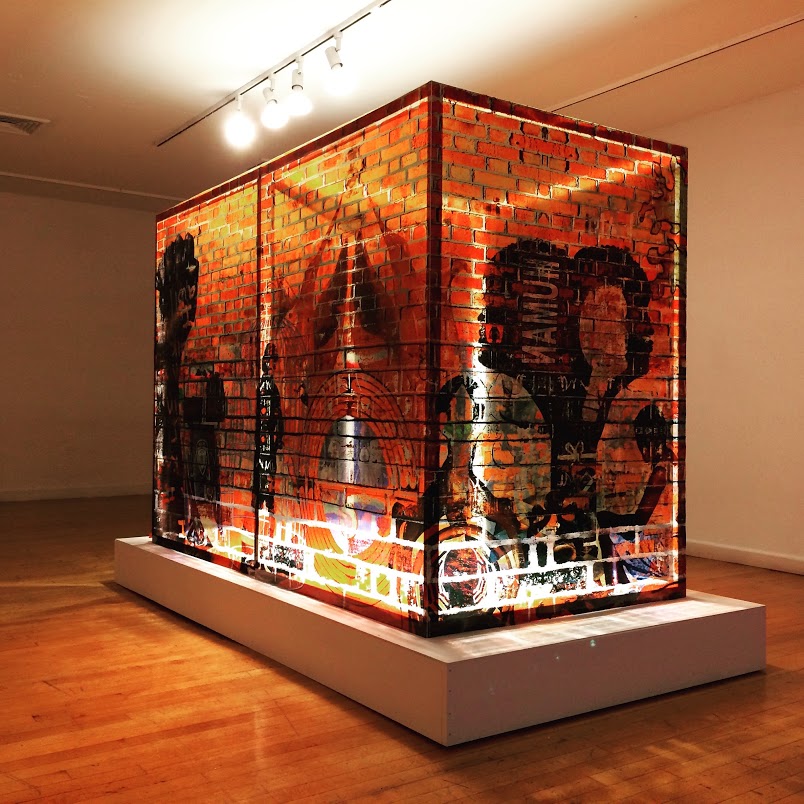
The Voices project was designed to humanize and empower individuals most affected by issues within the criminal justice system. Krimes facilitated workshops with participants in maximum-security prison SCI Graterford, a local half-way house, and the Mural Arts Restorative Justice Guild Program to create artwork. Using art as a catalyst to facilitate difficult dialogues, the project aimed to surface common underlying narratives while elevating participants voices and concerns regarding issues of criminal justice reform. Through this intensive process, each participant was encouraged to explore their personal experience and relate it to broader issues of incarceration, reentry, and community relations. Their work culminated in a public mural installed on the outside of a half-way house and an accompanying exhibition at the Painted Bride Arts Center in Philadelphia.
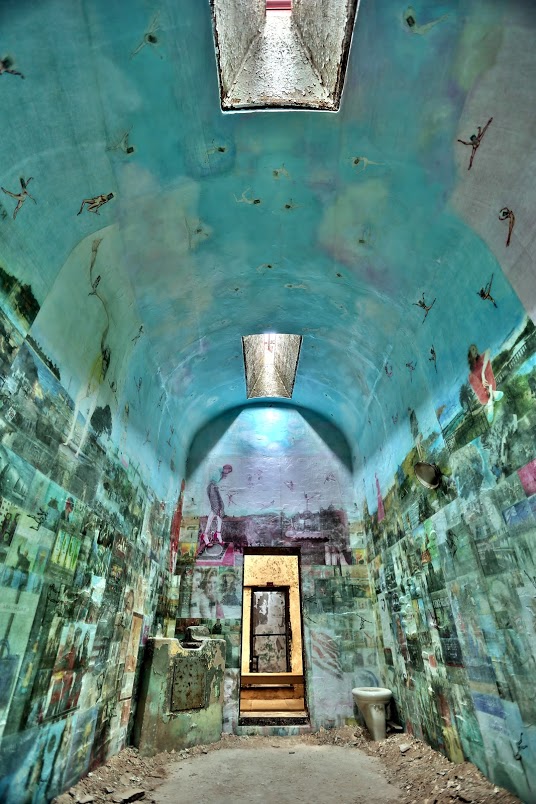
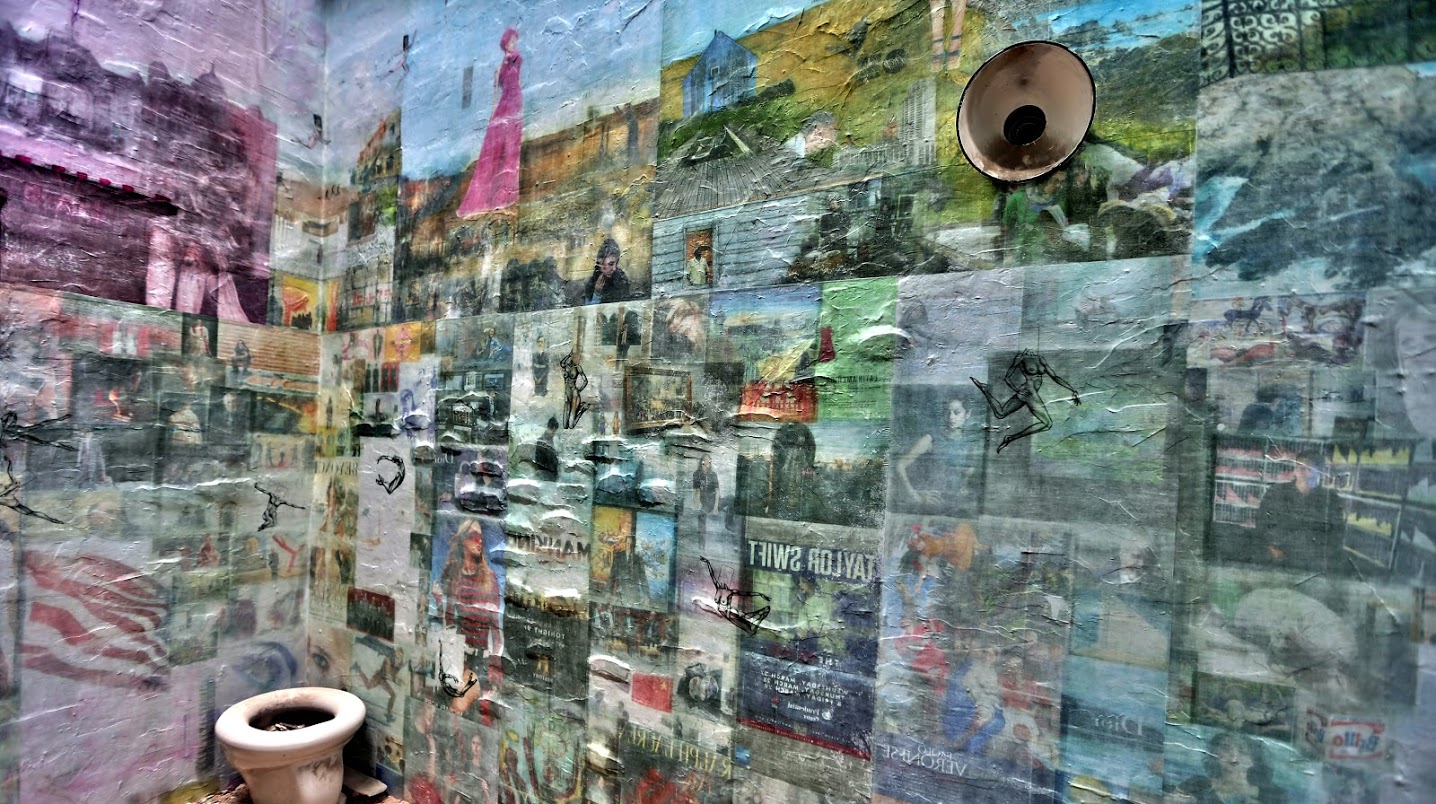
Apokaluptein16389067:II reflects Jesse Krimes’ mediated experience of incarceration and his emotional desperation to survive, as initially captured in the original works namesake, Apokaluptein:16389067. In this site-specific work, 39 panels were recreated and hand-transferred onto federal prison bed sheets covering the interior walls of a single cell at Eastern State Penitentiary.
Krimes created the original Apokaluptein:16389067 while he was incarcerated within prison. The title references the Greek origin of the word apocalypse meaning to “uncover, reveal;” an event involving destruction or damage on a catastrophic scale. The numbers reference his Federal Bureau of Prisons identification number. Incarceration marked a moment of personal crisis for Krimes, providing an encounter with difference and generating desire and fear, enlightenment and profound disquiet. Being confined to a cell and mediated existence, all measure within prison seemed to collapse, leaving only time to reflect. This was the catalyst for significant shifts in his thinking that ultimately facilitated this body of work. Krimes smuggled the contraband work, piecemeal, through the prison’s mailing system over a period of three years. He was only able to view the completed work after his release. Immersing himself in art fortified his identity and enabled him to transcend his conditions and “escape” prison.
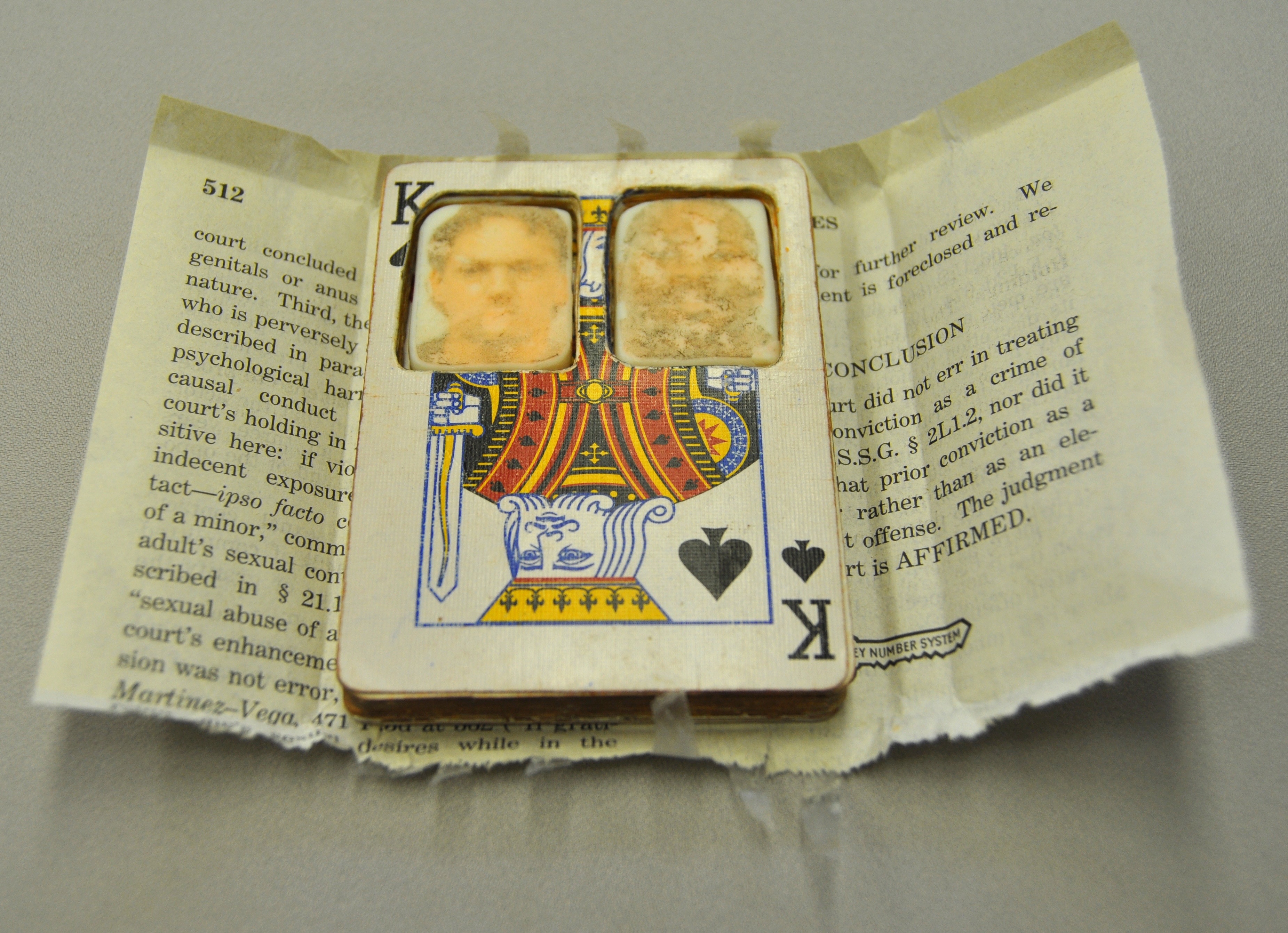
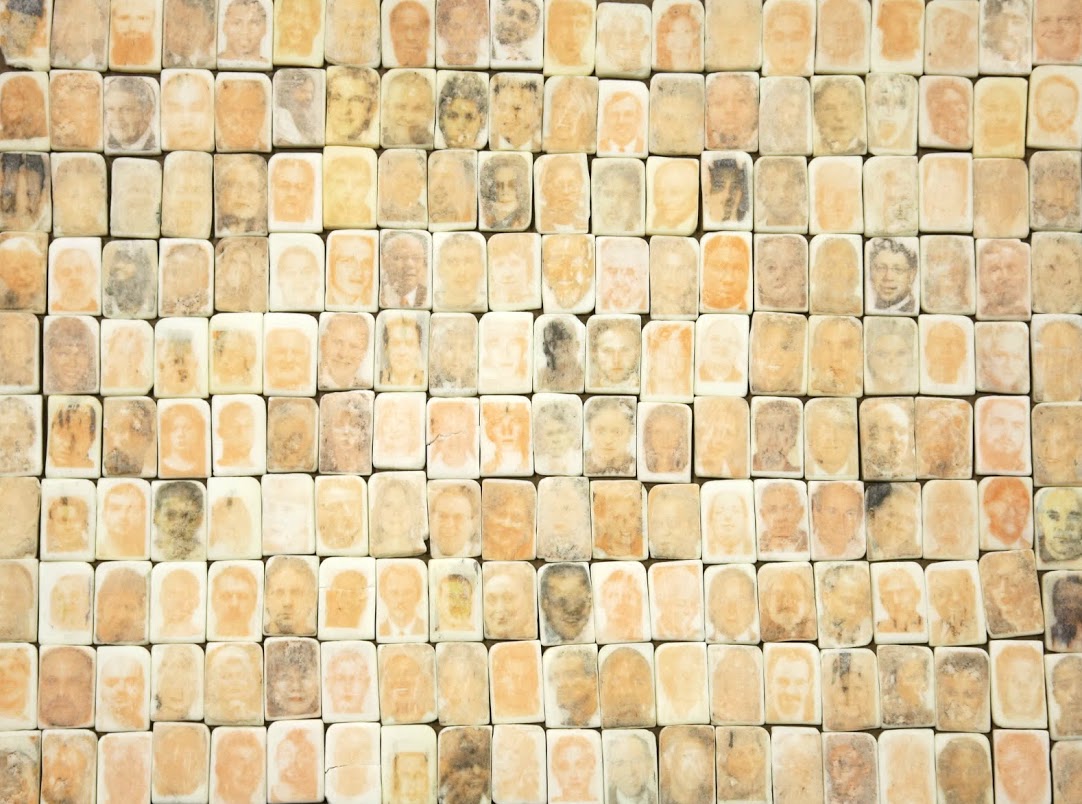
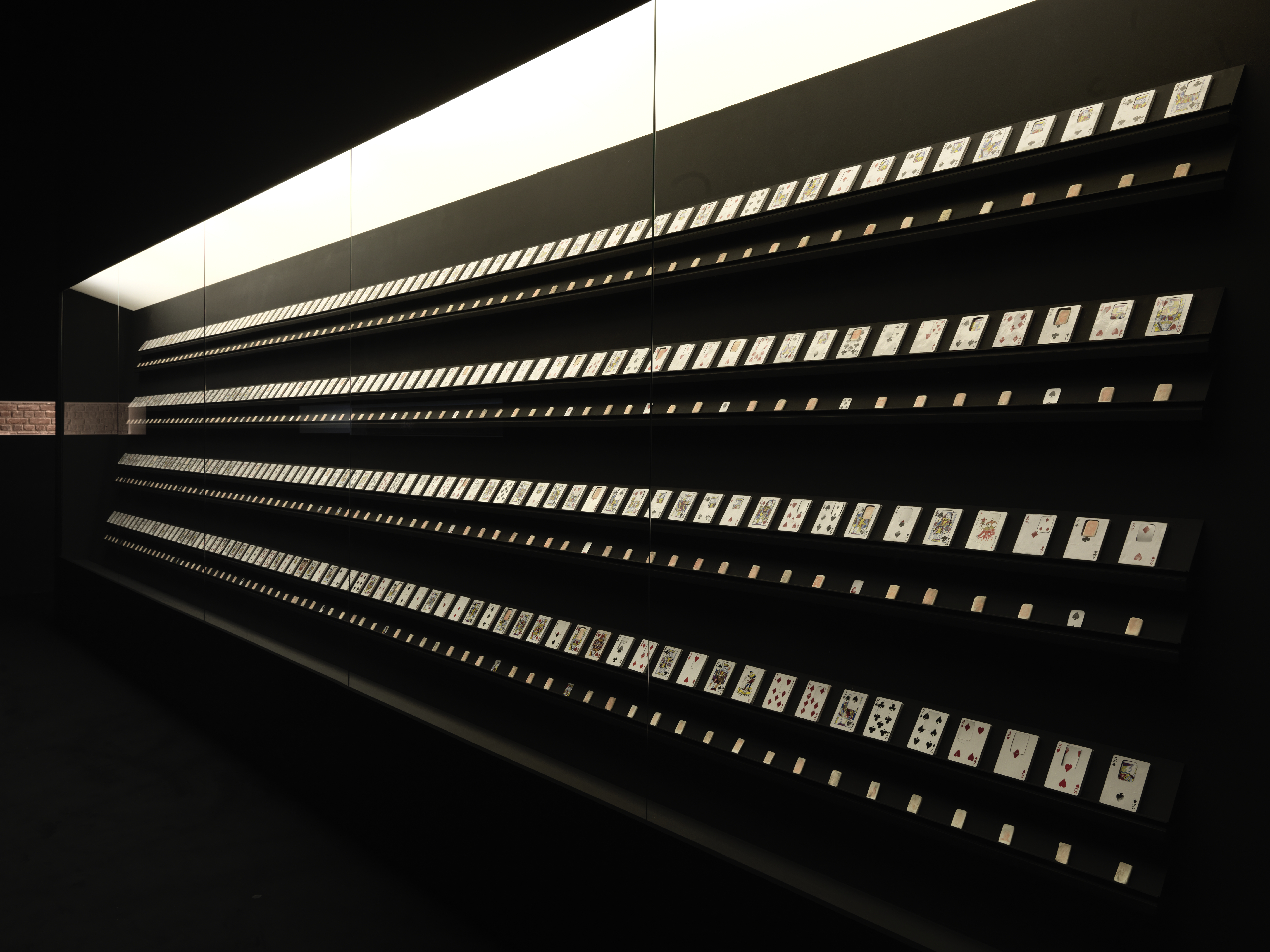
Purgatory features a body of work Jesse Krimes completed during a six-year period of incarceration for a non-violent drug offense. Krimes was arrested in 2009 soon after his graduation from art school. During his path through the American penal systems, he created numerous bodies of artwork, devising complex methods of working with limited materials. Krimes completed the Purgatory series over his first year of pre-sentencing incarceration, during which time he was held in solitary confinement in a maximum security ward and “locked-down” in his cell 23 hours per day. With no access to art materials, he began to create small portraits on bars of soap by delicately transferring images the newspapers. He fashioned an instrument using the positive terminal of a disassembled AAA battery to cut individual frames for each portrait from stacks of used playing cards that were passed to him by other prisoners. These playing card frames (composed of over 6,000 individual hand-cut playing cards) functioned both as integral parts of the artworks and vessels for concealment. Individual elements of Purgatory were smuggled out of the facility and mailed to a friend with the assistance of a prison trustee.
Although Krimes began the series by creating portraits from mug shots and crime-related photos, he subsequently began to include images of celebrities, politicians and other individuals based on the premise that each of us is some type of “offender.” The Purgatory series grew to encompass over 300 portraits, which Krimes subsequently assembled into one work upon his release five years later. The discrete portraits with varying levels of detail attempt to create an anthology of individual images that are variously realistic, spectral, ephemeral and impressionistic.
Jesse Krimes is a Philadelphia based artist whose work explores power, authority, systems, social hierarchies, norms, transgressions, and conventions of beauty. His work has been exhibited nationally and internationally. Previous solo exhibitions include “Strange Roots” at Burning in Water (2018; New York); “Apokaluptein” at Loyola University (2018; Baltimore, MD); “Purgatory” at the Spagnuole Art Gallery, Georgetown University (2017; Washington, DC); “Marking Time in America at Burning in Water” (2016; New York), “Deus Ex Machina” at Drexel University (2016; PA); and “Apokaluptein” at the Zimmerli Museum (2015; New Brunswick, NJ). Krimes’ work has been included in group exhibitions in venues including the Palais de Tokyo (Paris); the Goethe Institute (New York); Aperture Gallery (New York); the Maryland Institute College of Art (Baltimore); the Hampshire College Art Museum (Hampshire, MA)
After Krimes’ release in 2014, he co-founded Right of Return USA in partnership with the Soze agency, the first national fellowship dedicated to supporting formerly incarcerated artists. He has received public commissions from the Ford Foundation, Amnesty International, Mural Arts Philadelphia, and Eastern State Penitentiary. Krimes was awarded fellowships from the Robert Rauschenberg Foundation (2017); the Independence Foundation (2017); and the Ford Foundation’s Art For Justice initiative (2018). He is represented by Burning in Water Gallery in New York. In addition to his independent work, Krimes successfully led a class-action lawsuit against JPMorgan Chase for their predatory practice of charging ex-offenders exorbitant fees.
This is part of our special feature on Crime and Punishment.
Published on November 8, 2018.


